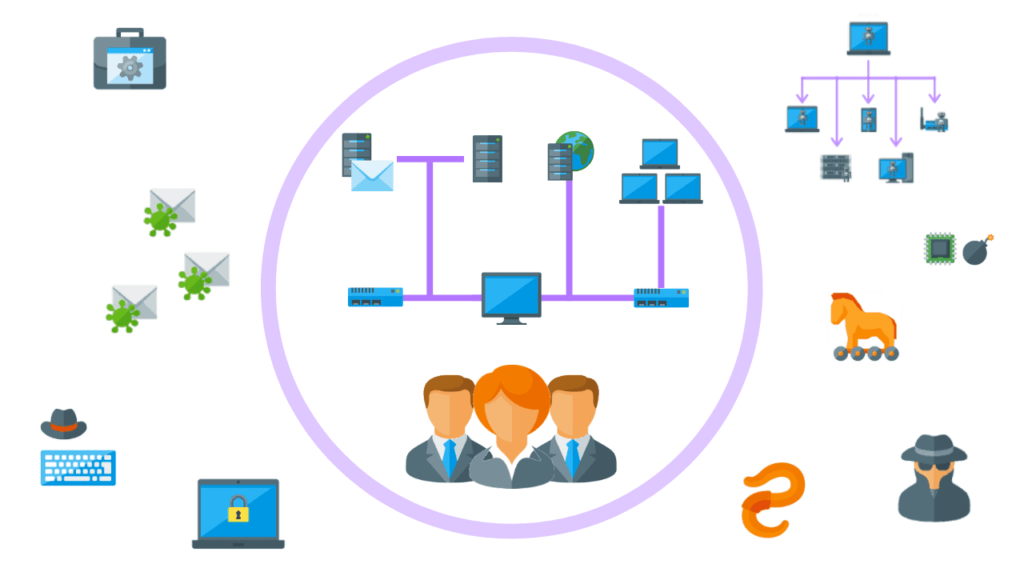In today’s world of technology, cybercrime is a major concern. Two terms that are often used interchangeably when discussing cybersecurity threats are virus and malware. While both terms refer to harmful software that can infect a computer, there are some key differences between the two. In this essay, we will explore the differences between viruses and malware.
Contents
The Definitions
A virus is a type of malware that is designed to replicate itself and spread from one computer to another. A virus typically attaches itself to a legitimate file or program and then executes when that file or program is opened. Once the virus has infected a computer, it can cause a range of problems, including deleting or corrupting files, stealing personal information, and hijacking the computer’s processing power.
Whereas-
Malware is a broad term that refers to any software that is designed to harm a computer or its user. Malware can take many forms, including viruses, spyware, adware, and ransomware. Unlike viruses, which are designed to replicate and spread, other types of malware are designed to perform specific functions, such as stealing personal information, displaying unwanted ads, or encrypting files and demanding payment for their release.
Types of Malware
As mentioned earlier, malware is an umbrella term that includes a variety of harmful software. Here are some of the most common types of malware:
- Viruses – As discussed earlier, viruses are a sort of malware that is devised to duplicate and spread from one computer to another.
- Spyware – Spyware is a class of malware that is developed to secretly scrutinize a computer user’s activity, including keystrokes, web browsing history, and personal information.
- Adware – Adware is a type of malware that displays unwanted advertisements on a user’s computer. Adware is often bundled with free software downloads and can be difficult to remove.
- Ransomware – Ransomware is a type of malware that encrypts a user’s files and demands payment in exchange for their release. Ransomware aggression is becoming increasingly typical and can be devastating for individuals and corporations.
Differences between Viruses and Malware
The main difference between viruses and malware is that viruses are a specific type of malware that is designed to replicate and spread, while malware is a broad term that includes any software planned to harm a computer or its user. Another difference between viruses and other types of malware is that viruses typically require some form of user interaction, such as opening an infected email attachment or downloading a file from an untrusted source, in order to spread. Other kinds of malware, such as spyware and adware, can be installed on a computer without the user’s knowledge.
Prevention and removal of viruses and malware are essential for maintaining the security of your computer. Here are some steps you can take to prevent infection and remove malware from your computer:
- Nestle antivirus software – Antivirus software is created to detect and remove viruses and other types of malware from your computer. Be sure to keep your antivirus software up-to-date to ensure maximum protection.
- Use a firewall – A firewall can help prevent unauthorized access to your computer and block incoming malware.
- Keep your software up-to-date – Many malware attacks exploit vulnerabilities in outdated software. Be sure to keep your operating system and all software up-to-date to minimize the risk of infection.
- Be cautious when downloading applications or opening email extensions – Only use software from authorized sources, and be cautious when opening email attachments from unknown senders.
And That’s it!!




